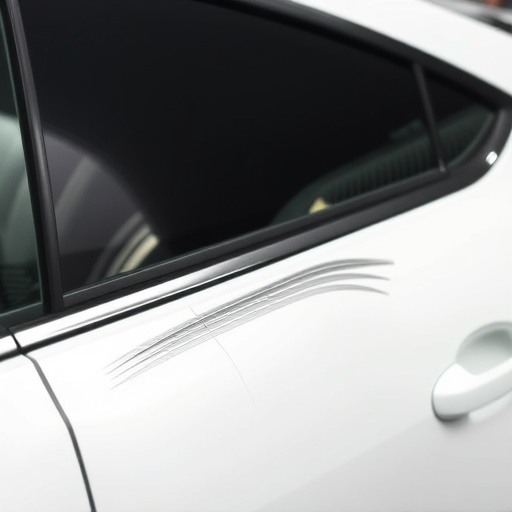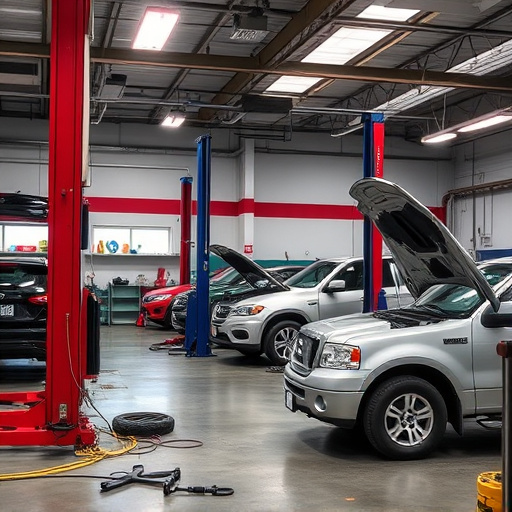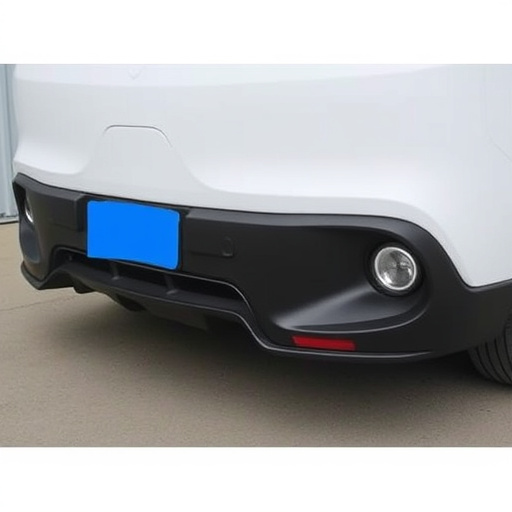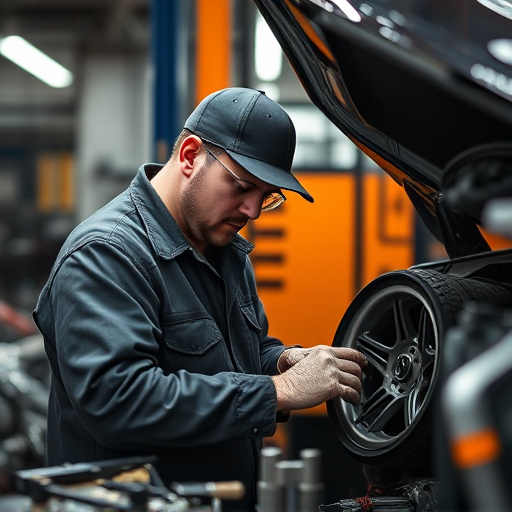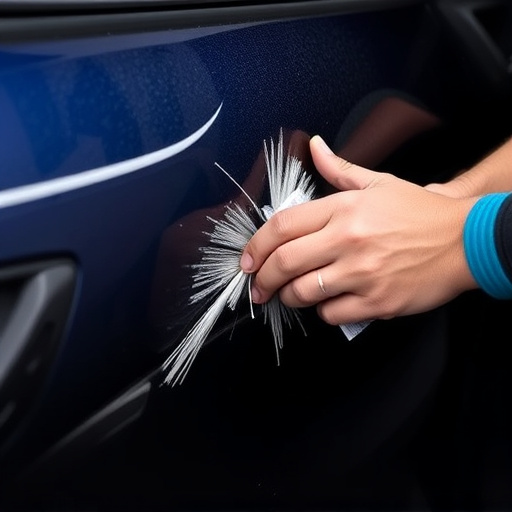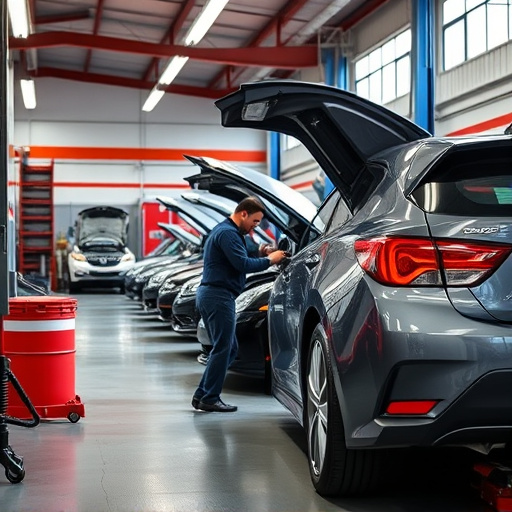Modern auto body services prioritize customer safety assurance through advanced technologies like accurate diagnostics, quality control tools, and staff training. By integrating these innovations, workshops streamline repairs, ensure precision, and build client trust while adhering to stringent safety standards throughout the process.
In today’s digital age, customer safety assurance is more vital than ever. As modern repair technology continues to evolve, integrating these advancements seamlessly ensures enhanced client protection and satisfaction. This article explores the critical intersection of these two elements. We delve into understanding customer safety assurance in contemporary contexts, providing a step-by-step guide for integrating repair technology, and highlighting the transformative role of data and analytics in fortifying safety measures.
- Understanding Customer Safety Assurance in Modern Times
- Integrating Repair Technology: A Step-by-Step Guide
- Enhancing Safety: The Role of Data and Analytics
Understanding Customer Safety Assurance in Modern Times
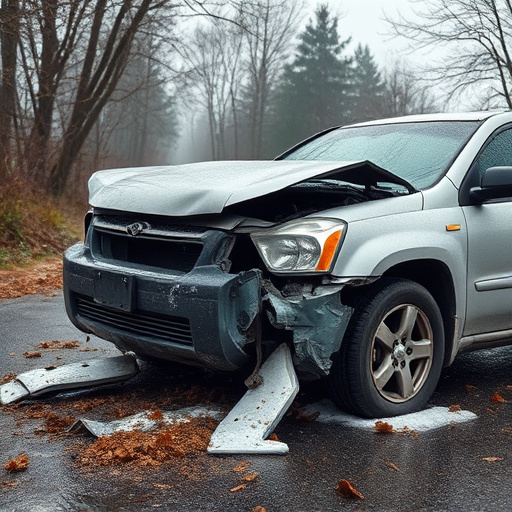
In modern times, customer safety assurance goes beyond mere physical protection during a repair process. It encompasses a comprehensive approach that includes ensuring the well-being and satisfaction of customers throughout their interaction with auto body services. This involves not just safeguarding them from potential hazards within the workshop but also providing transparent communication, accurate assessments, and high-quality repairs. With advancements in technology, especially in mercedes benz collision repair, customer safety assurance has become more sophisticated.
For instance, state-of-the-art car bodywork facilities now employ advanced diagnostics and precision tools that not only expedite repairs but also ensure accuracy, minimizing the risk of further damage or complications. Additionally, modern auto body services prioritize customer education, keeping clients informed about procedures, parts used, and estimated timelines, fostering a sense of trust and empowerment. This integrated approach to customer safety assurance and repair technology underscores the commitment of leading workshops to deliver exceptional service while prioritizing client satisfaction.
Integrating Repair Technology: A Step-by-Step Guide

Integrating modern repair technology with customer safety assurance is a strategic process that involves several key steps. Firstly, assess your current systems and identify areas where technology can enhance safety protocols. This includes evaluating tools like advanced diagnostics software for accurate damage assessments and automated quality control checks.
Next, choose the right technologies for your specific needs, such as implementing 3D mapping for precise car paint services repairs or utilizing specialized equipment for auto glass repair. Ensure these solutions align with your collision repair services workflow to streamline operations without compromising safety. Once selected, integrate these technologies through proper training for staff and establishing clear protocols to guarantee consistent application during the repair process.
Enhancing Safety: The Role of Data and Analytics
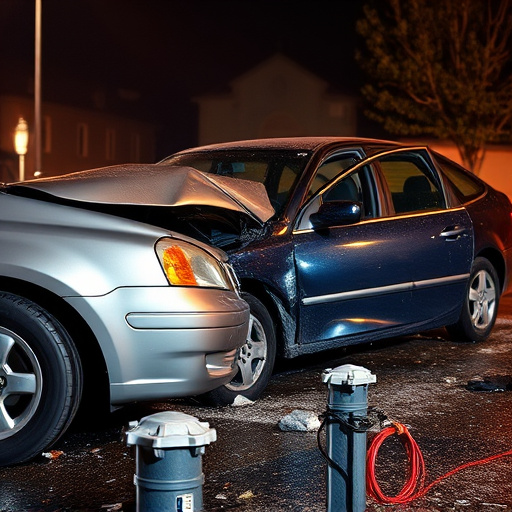
Customer safety assurance is an integral part of modern vehicle repair services, and it has been significantly enhanced by advanced data and analytics technologies. These tools play a pivotal role in identifying potential hazards and mitigating risks associated with various repair processes. For instance, predictive analytics can anticipate issues related to fender repair, hail damage repair, or vehicle dent repair, allowing workshops to implement preventive measures.
By analyzing historical data on repairs, material properties, and environmental factors, analytics platforms can optimize the entire repair process. This ensures that every step, from initial assessment to final quality check, adheres to the highest safety standards. As a result, customers benefit from more efficient and secure vehicle restoration, fostering trust in modern repair technology.
Modern repair technology has transformed how businesses ensure customer safety assurance. By integrating step-by-step processes, leveraging data analytics for enhanced safety, and adopting innovative solutions, companies can significantly improve customer trust and satisfaction. This integrated approach not only ensures the highest standards of safety but also positions businesses as leaders in a competitive market, fostering long-term loyalty among their clientele.

